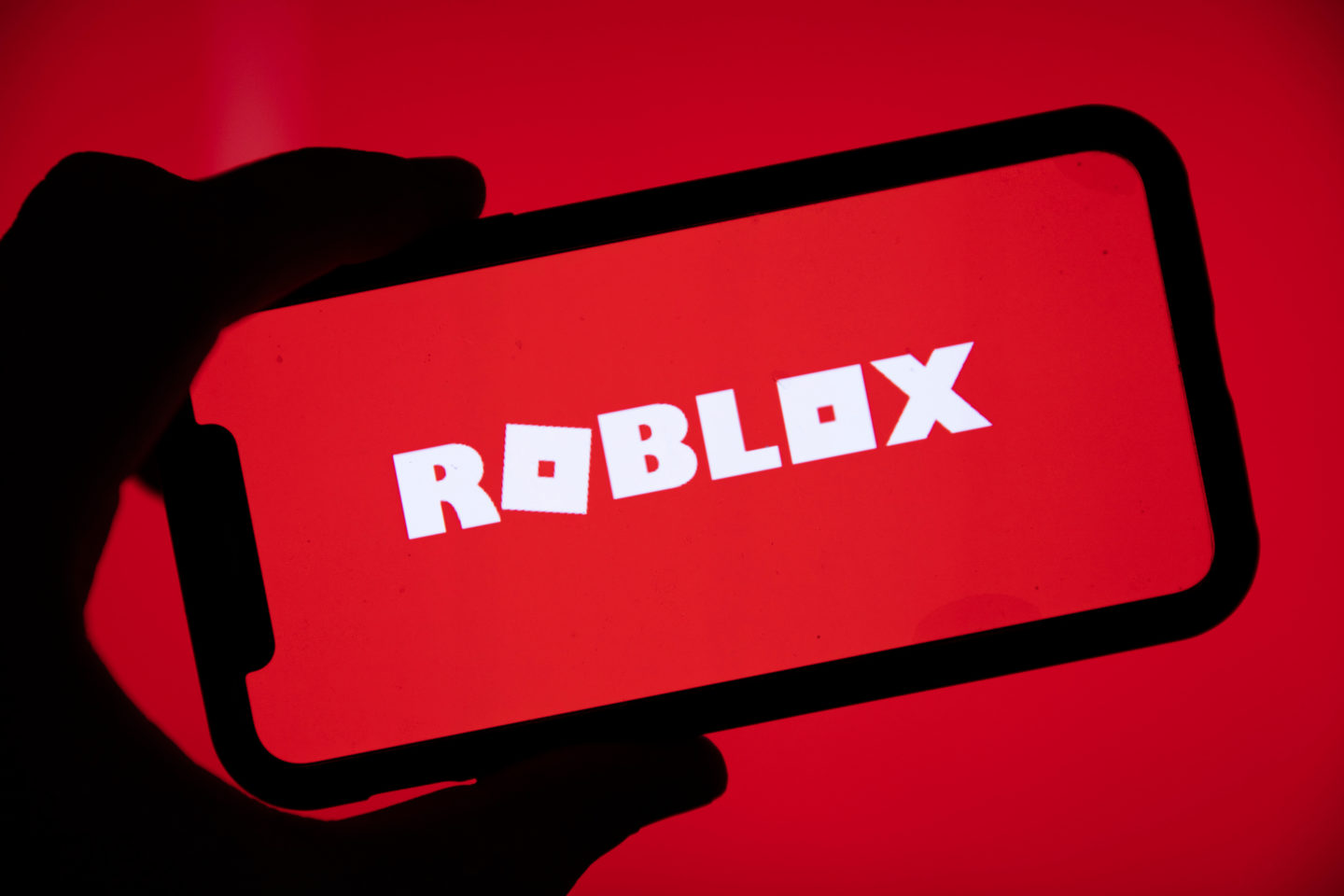In early November 2022, Meta – the parent company of Facebook, Instagram, and WhatsApp – announced about 11,000 redundancies, or 13% of its workforce. This was the first mass layoff in its history. CEO Mark Zuckerberg admitted the company’s rapid expansion following increased revenue during the pandemic had been over-ambitious in light of the current macroeconomic downturn and heightened inflationary pressures.
However, as some analysts have observed, there is another factor jeopardizing Meta’s success: its ambitious investment in metaverse technology. Zuckerberg says that the company remains focused on realizing his long-term vision for the metaverse. But could it be that Meta is putting all its eggs in the wrong basket?
When it comes to gaining traction through innovative disruption, businesses are often better advised to focus on the lower end of the market, rather than chasing high-value customers, as Meta is doing with its sophisticated technology.
Roblox is showing Meta the way to go
To understand Meta’s problem, it is useful to contrast its situation with that of online game platform Roblox. Of course, on one level, Meta remains highly successful, and it ranks #6 on our Future Readiness Indicator analysis of the tech industry. Yet very few people have, to date, downloaded Meta’s social VR platform, Horizon Worlds. However, if you have school-age children in North America or the UK, you’re likely to be familiar with Roblox, at least to some extent. Roblox offers a blend of user-developed games, fun experiences developed by street-savvy brands, and a rapidly increasing range of opportunities for monetization (including those based on NFTs). It now boasts over 200m active monthly users – dwarfing the 300,000 monthly users of Horizon. This is despite Meta’s colossal R&D investment in the metaverse of more than $12bn in 2021.
How has Roblox managed to capture such a large user base while Horizon has struggled? After all, at the technological level, Roblox is not particularly advanced, with relatively basic graphics and unsophisticated gameplay. Zuckerberg’s vision, by contrast, is of an immersive online universe almost indistinguishable from the real world.
But this is the point. Roblox’s popularity has not been achieved in spite of its low-end technology but because of it. Yes, it works with VR headsets, but it can also be played on PC, Mac, Xbox One, and even iOS and Android smartphones, which means the bar to entry is set low. Setting up an account is intuitive and straightforward, and those with free accounts can enjoy unrestricted play. This is a formula for success: targeting lower-value market segments who may have less money to spend, but who will be more tolerant of technical shortcomings or slip-ups as the technology evolves.
Low-balling the opposition
The innovation strategy pursued by Meta and its peers, including Microsoft and Apple, is in stark contrast. These US tech giants have focused on products designed to appeal to their most lucrative (on a per-head basis) customer segment, only to find that demand for this unproven technology remains stubbornly low. In the meantime, Roblox has brilliantly filleted out what matters to a teenage (and pre-teen) audience. It is less concerned with the level of realism of its digital experiences as it is with making them accessible – and fun. This approach is paying off.
Roblox’s strategy is a classic example of low-end disruption. Businesses can thrive when they capture market share through creative new products that grab consumers’ attention – even if those products have their flaws and limitations. Ironically, this is the same approach that Facebook used to launch its first social network, targeting students at Harvard and MIT. Yet, time and again, companies make the error of targeting their highest-spending customers with innovations, leaving the door open to challengers who position themselves as serving the lower end of the market, focusing on markets that appear less appealing but that enable the company to seize market share with a product that can, over time, evolve to become a real threat to market incumbents.
This is also seen in how Sony gained its foothold in consumer electronics when it launched transistor radios in the 1950s. At that time, the US market was dominated by companies like RCA, whose valve-based radios delivered good sound quality and healthy profits – but were also large, heavy, and relatively expensive. As the late Clayton Christensen and colleagues pointed out, RCA commercialized transistors in their existing vacuum tube markets, but failed to exploit the potential for smaller, cheaper designs – overlooking their disruptive potential. Yet in the hands of companies like Sony, the new technology opened the door for an entirely new category of radio, including pocket-sized devices that simultaneously offered teenagers privacy and access to the latest hits.
Solving the dilemma
RCA’s error was to focus on satisfying the expectations of its highest-spending customers, meaning the only way to go in innovation was up, spending more on design and raising prices accordingly. By contrast, the teenage audience that Sony tapped into were happy to accept tinny sound, if it meant they could afford the product.
The RCA executives were not stupid, any more than those who are leading today’s tech giants. Yet businesses in all sectors keep making this mistake because of the pressure that traditional financial logic puts on them to pursue the innovations that look best on paper. That is, the ones that promise high returns in the near term by pandering to the highest-spending customers.
All too often, the result is that today’s value models are overtaken by innovators who target those lower-value parts of the market – often creating new product categories in the process.
To avoid the trap that snared first RCA and now Meta, leaders should consider four key areas:
- Develop a climate of ongoing innovation. When businesses postpone innovation, it puts pressure on the rest of the project lifecycle. The knowledge that there are fewer chances to succeed, and the accompanying fear of failure, can lead decision makers to cling to the path of greater safety, following proven models and conventional target markets. While the short-term ROI might look good, the long-term payoff is unlikely to be spectacular. The antidote: make innovation an ongoing priority, with scope to develop products that will disrupt the market, even if they also upend the company’s existing business model.
- Offset high-risk innovation by targeting low-risk markets. Innovations that are a variation on technologies already known to be in demand for high-end customers can be a useful element of a company’s strategy. However, when a company is trying to win big by gambling on unproven technology with a high stake “moon shot,” they must take a different approach to going to market. These technologies have to be given the opportunity to fail, so they should follow a low-overheads model and target an undemanding market. This is exactly where Meta and RCA got it wrong – and Roblox and Sony got it right.
- Learn to speak the language of innovation. Different approaches to innovation and marketing are often poorly understood by key stakeholders, both internal and external. This makes it hard to strike a strategic balance, with riskier, higher-potential innovation projects struggling to secure resources. Company leadership, product, manufacturing and customer support functions, and shareholders and investors must be on board with the strategy and aligned in terms of how it will be executed.
- Think again about your customers and their motivations. Classic low-end disruption succeeds when companies target a customer segment that is open to a product that is not technically superior, but that offers something uniquely suited to their needs – as with Roblox or Sony’s transistor radios. In practice, this has often meant targeting teenagers. Securing brand loyalty among this age group can allow a business to position itself for a greater market share in the future, giving time for the product to evolve and gain sophistication as the tastes of its customer base evolve. It is critical to consider the different needs and motivations of your customers, and their priorities when making purchasing decisions: for instance, are values likely to trump intrinsic product quality for this customer segment? Sustainability- and purpose-led businesses can more easily persuade many young people today to accept product limitations that high-end customers might find off-putting.
Even the ultra-smart Silicon Valley firms who have successfully marketed so many innovations over the years ignore changing market dynamics at their peril. Following Roblox down the low-end route can ultimately allow organizations to enjoy whole-market access, instead of the dead end in which Meta, with its high-end strategy, finds itself.





